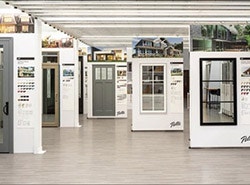Bay Windows vs. Bow Windows: What's the Difference?
Expand your space beyond the walls of your home with a bay or bow window. Explore the difference between these styles and the benefits and costs of each.
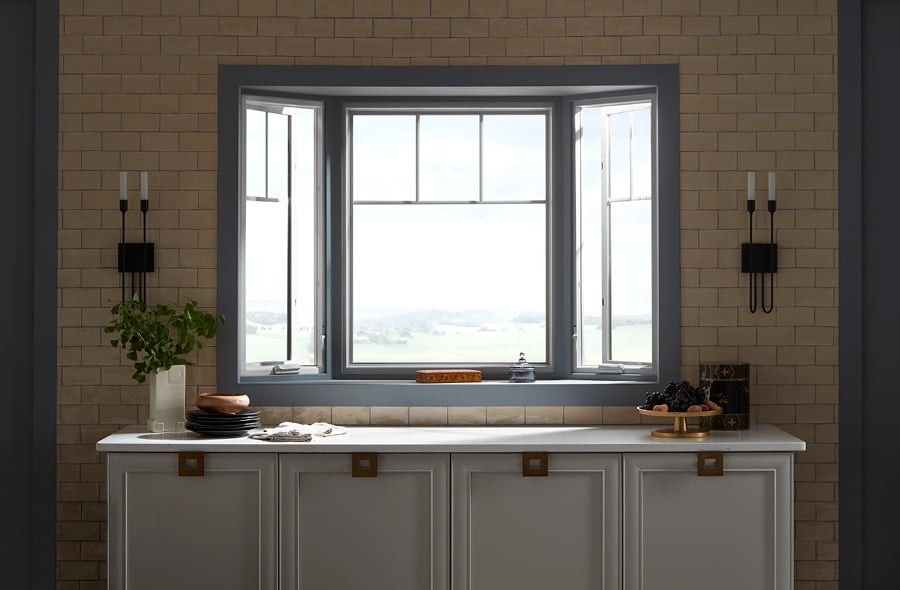
KEY TAKEAWAYS
- Bay windows consist of three windows and are more angular, while bow windows have four or more windows creating a subtle curve.
- Both window types expand space, add natural light, and can be used in various home styles and rooms.
- Bow windows typically cost more due to custom creation and installation requirements, but both options are available in multiple materials and sizes.
Bay and bow windows are great for giving your space a little extra flair and functionality. They both feature elegant curves that add a stylish touch to your home while also letting in plenty of natural light and improving airflow. At first glance, they might look pretty similar, but they actually have some key differences, most importantly, the number of windows in each setup.
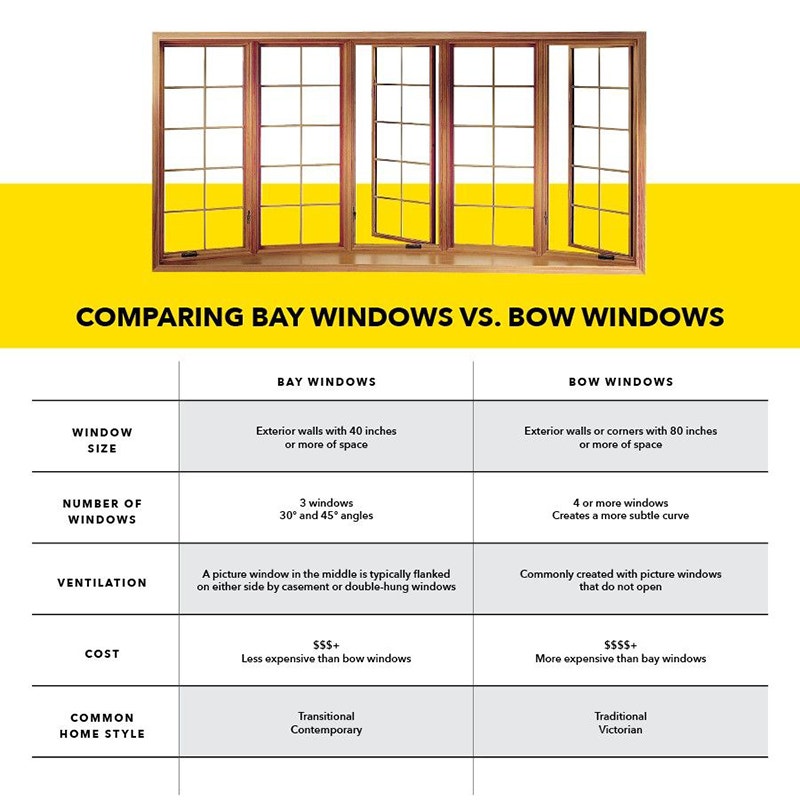
What is a Bay Window?
Bay windows usually have three windows: a big, fixed one in the middle and two smaller, angled ones on the sides that can open. The sharp, angled design of a bay window gives it a modern, architectural vibe while still looking great in more traditional homes. You’ll often see casement or double-hung windows used in bay setups. Plus, this kind of layout not only looks good but also adds a little extra room inside—perfect for a cozy reading nook or some extra storage.
What is a Bow Window?
Bow windows usually consist of four or more windows that are all the same size, arranged in a gentle curve. You might also hear them called compass windows. These windows work well on wider exterior walls and can even wrap around a corner, giving your home a unique, rounded look. People love bow windows for their panoramic views and their smooth, elegant shape. They let in tons of natural light and are great for creating cozy seating areas that make the most of the curve.
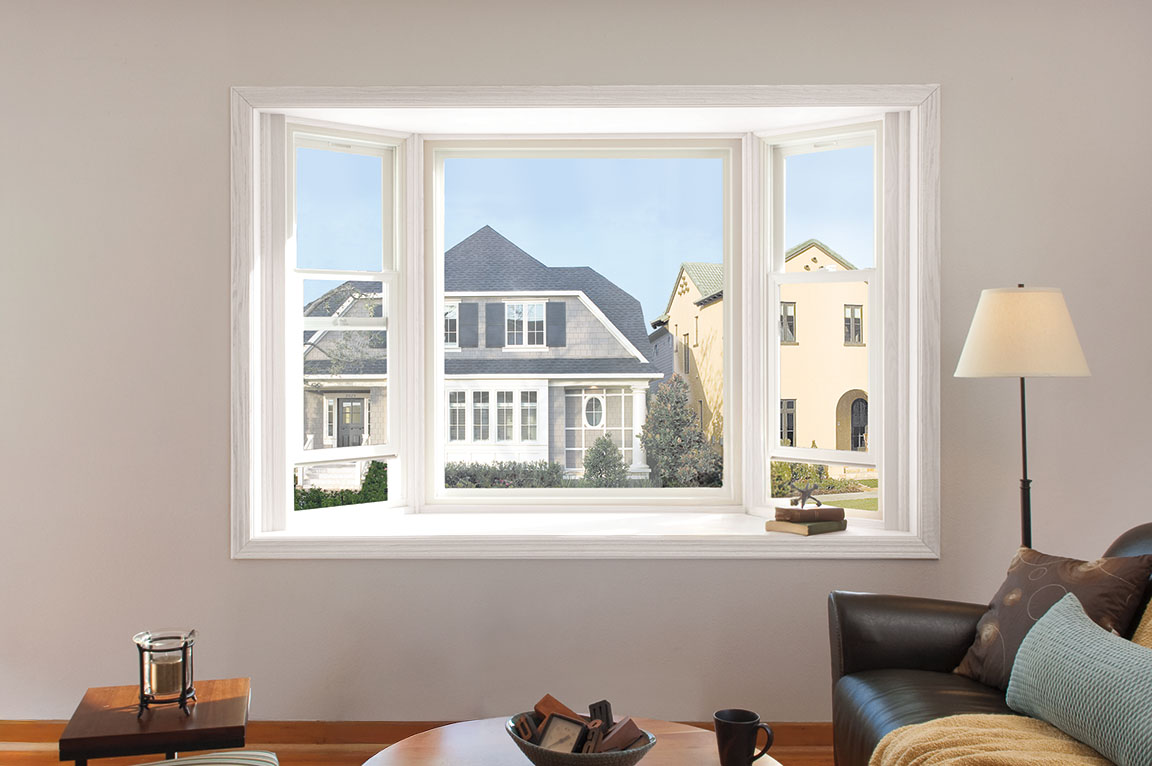
Key Differences Between Bay and Bow Windows
Even though both bay and bow windows stick out from your home and let in lots of natural light, they have some important differences. Knowing what sets them apart can help you pick the right one based on your style preferences, how you plan to use the space and your home's architecture. Here’s a quick breakdown of how each window type can give your space a unique touch:
- Design: Bays have three panels with sharper angles, while bows have four or more windows forming a curve.
- Appearance: Bay windows create a modern, angular look; bow windows offer a softer, more traditional silhouette.
- Light & Views: Bow windows let in more natural light and offer wider views.
- Space Requirements: Bow windows require more wall space and may need additional structural support.
- Cost: Bow windows are generally more expensive due to more glass and customization.
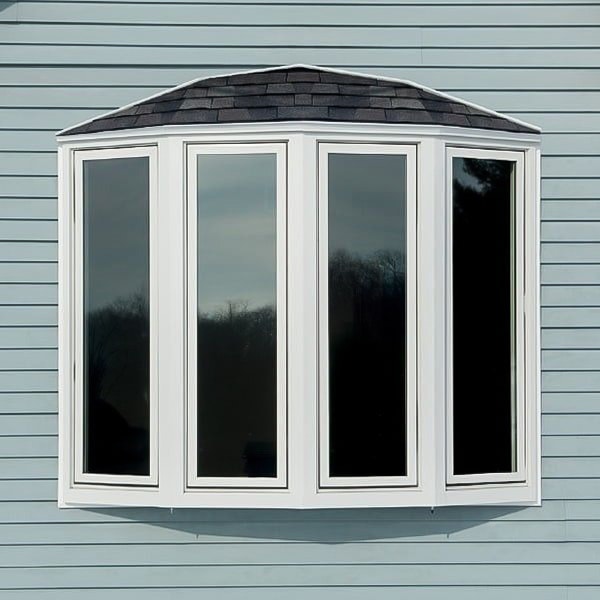
Benefits of Bay and Bow Windows
Bay and bow windows are great for boosting your home's curb appeal and making your interior feel more open and stylish. They both let in a lot of natural light, improve airflow and give you a little extra space that you can use in creative ways. Plus, they add some architectural character, making your home look more dynamic and inviting from the inside and out.
Bay windows are a great choice if you're working with a smaller space. Their angular shape creates a little nook that's perfect for a cozy seating area or some extra storage. On the flip side, bow windows really make an impact in bigger areas. Their curved design offers a wide, panoramic view and blends nicely with traditional or custom home styles. Whether you're going for a modern or classic look, there's a bay or bow window to match your vibe.
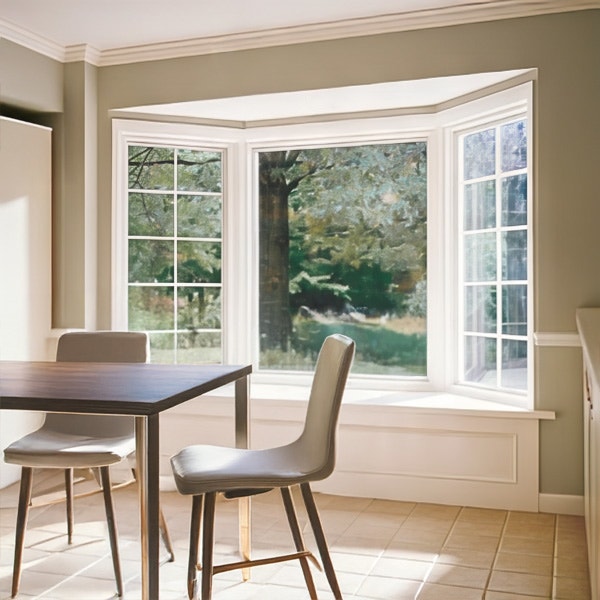
Popular Home Styles for Bay and Bow Windows
Bay and bow windows are flexible when it comes to style—they can work with many different home designs. Picking the right one really comes down to your home’s vibe and the kind of look you’re going for. Bay windows have that sharper, more modern feel, while bow windows offer a softer, rounded look that’s perfect if you want something a bit more traditional or classic.
Bay Windows: Great for transitional, cottage, Victorian and modern homes, where their bold, angular design complements both classic and contemporary architectural elements. These windows add visual depth to exterior walls and create functional, light-filled alcoves inside.
Bow Windows: Ideal for traditional, colonial and custom designs, where their gentle, curved appearance enhances the aesthetic with a soft, panoramic view. These windows are particularly suited for creating elegant, spacious seating areas that blend seamlessly with traditional home aesthetics.
Where Should You Use a Bay or Bow Window?
Bay and bow windows are perfect for making rooms feel bigger and more open, whether it’s your living room, kitchen, bedroom or dining area. They create a focal point that naturally draws the eye and makes the space feel more inviting. Plus, they’re great for adding some built-in features like a cozy window seat, display shelves or even a little indoor garden. You can use them to set up a breakfast nook, a comfy reading corner or even a relaxing bathtub alcove. With all that extra natural light and space, these windows are a simple way to make any room feel more welcoming.
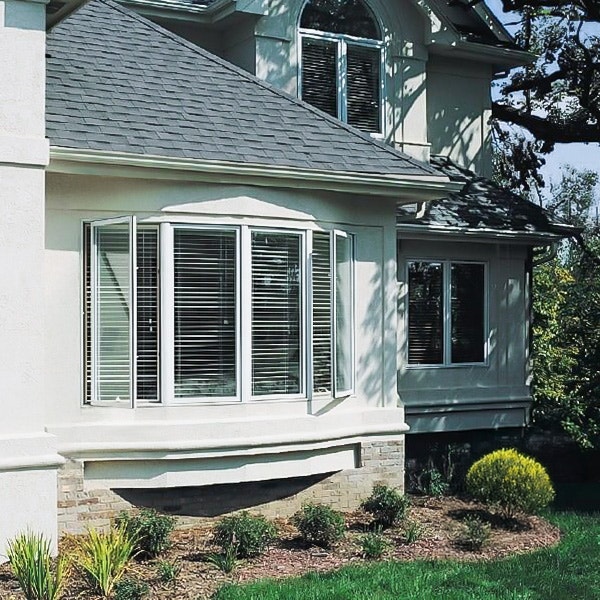
Installation Considerations
You can add bay and bow windows whether you're building a new house or updating an existing one. If you're replacing a flat window with one of these styles, you might need a little extra framing or even some advice from a structural engineer to make sure everything's secure. That’s where certified installers—like your local Pella expert—come in handy to make sure the job gets done right.
A Variety of Sizes Available
Bay and bow windows come in all sorts of sizes, so you can find the perfect fit for your home. Bow windows usually need a bit more width because of their curved design, making them great for larger spaces where you want a panoramic view. On the other hand, bay windows are more compact, so they’re perfect for tighter spots while still giving you that open, spacious feel.
Cost Comparison: Bay vs. Bow Windows
Bow windows tend to cost more due to their size and customization options. Bay windows are typically more affordable and easier to install. Pella offers both styles across various product lines, including:
Vinyl: Pella® 250 Series
Fiberglass: Pella Impervia®
Wood: Lifestyle Series, Architect Series®, and Reserve™ – Traditional
Have a Specific Bay or Bow Window Design in Mind?
Ready to enhance your home with more light, space, and style? Explore our bay and bow window options or schedule a free consultation with your local Pella expert.
